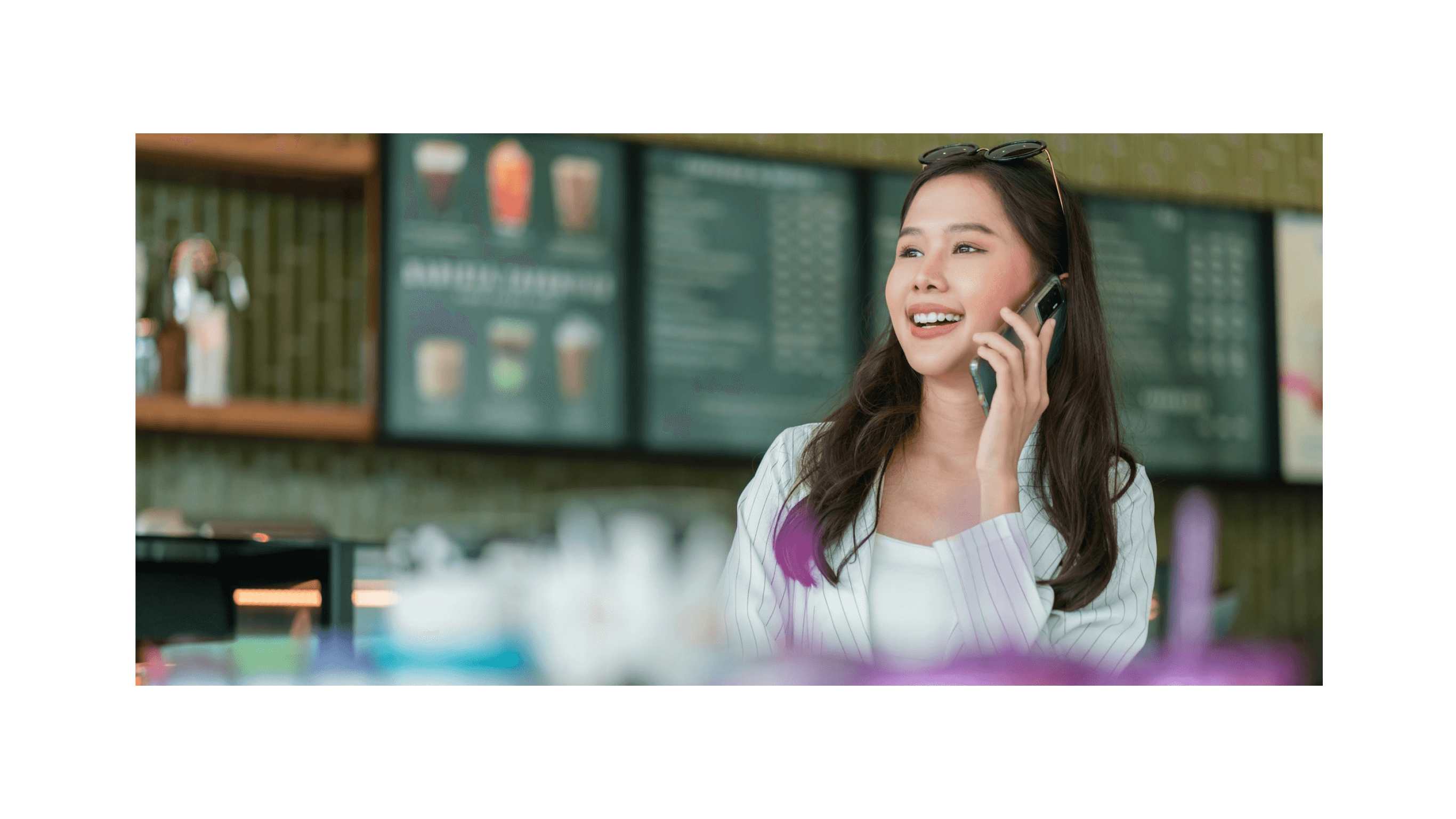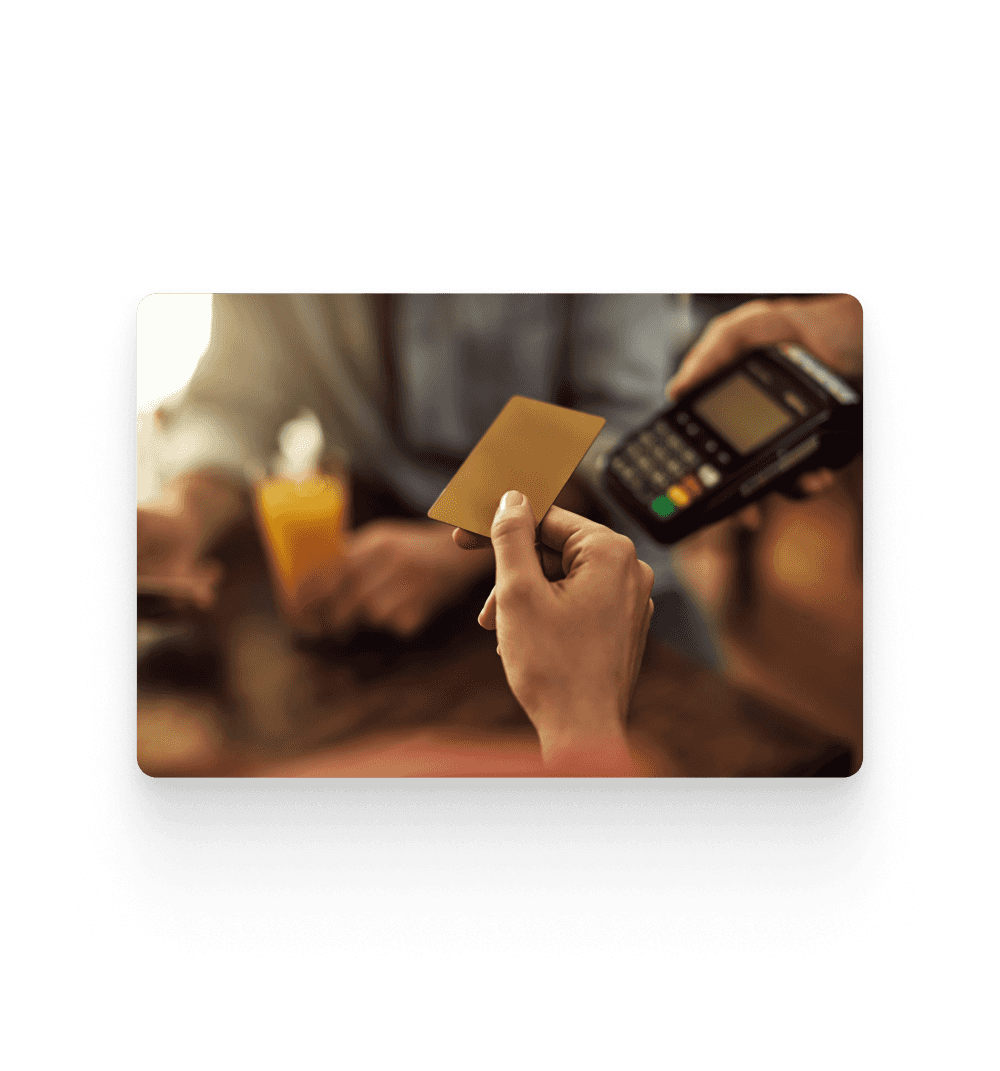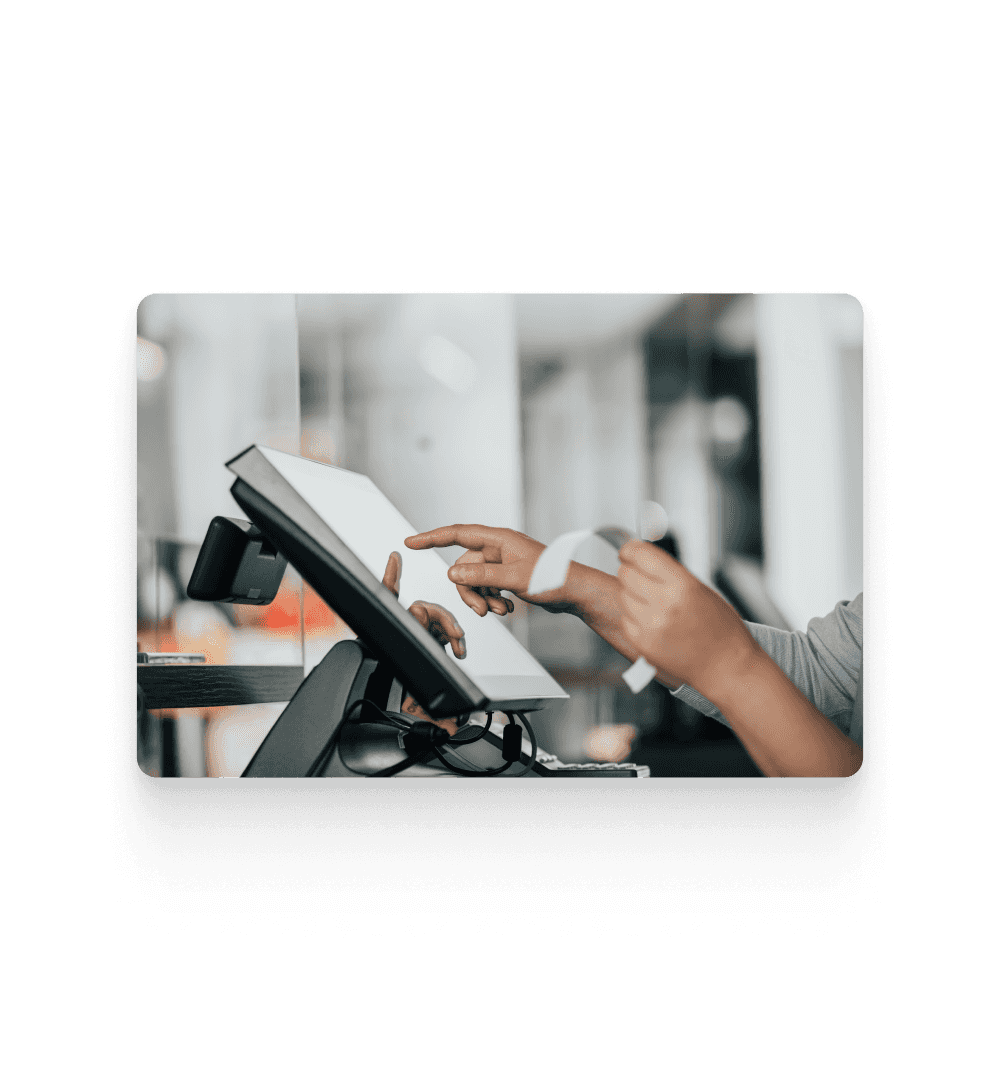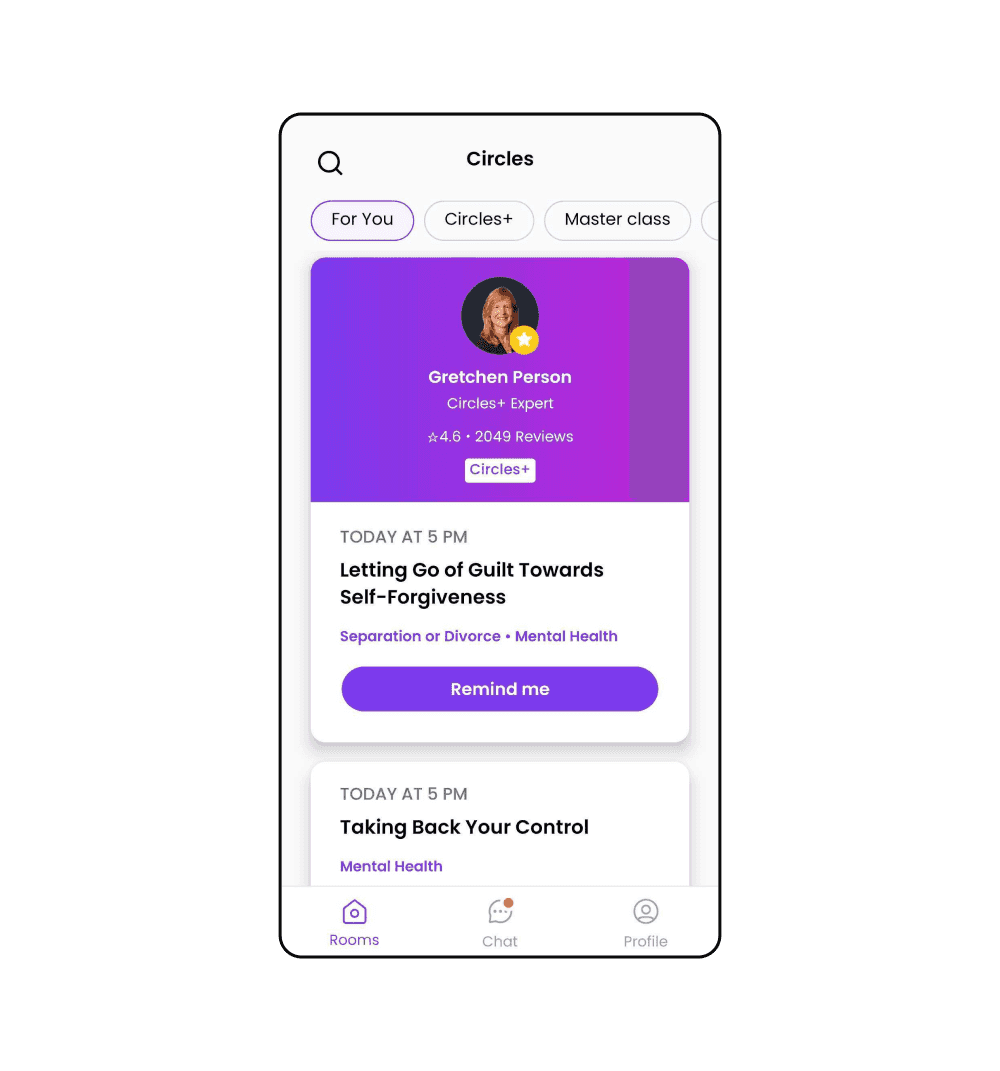technologies: Kotlin, Swift
the problem: time-consuming restaurant phone order processing
Imagine managing hundreds of restaurant orders coming from different channels:
online, in-house, and by phone. Handling phone orders, in particular, can be especially time-consuming and error-prone. Waitstaff must ensure that the details, from the order itself to the customer’s address and phone number, are accurately recorded. This manual process consumes time and increases the risk of mistakes, such as incorrect orders or deliveries to the wrong address.
When scaling the point-of-sale solution for Practi, a company later acquired by Just Eat Takeaway.com, we recognized the need to speed up the phone ordering process.
the solution: custom POS system integration with Caller ID
Our POS development team recommended integrating the Practi POS system with a Caller ID to transform the phone ordering. So, what’s special about this integration? The Caller ID is a device that automatically transfers information about the incoming phone number to the restaurant's POS system. Yet it goes beyond just displaying a phone number. By combining the Caller ID data with the POS system, the waitstaff instantly identifies the caller, checks if they are a regular customer, and accesses their previous order history and delivery address.
In cases where the caller is a regular customer, the waitstaff can quickly suggest the customer’s usual order and any loyalty points earned are automatically added to the customer’s account. What’s more, if a customer calls to ask about the status of their order, the waitstaff has all the information without needing the customer to provide any additional details.
challenges: number validation, missing data, and unreliable networks
One of the issues we needed to face was the lack of standardization for mobile country number prefixes, such as +44. This meant that if a customer called from the same phone number but the system received it once with the prefix and once without, it would not recognize them as the same caller. This inconsistency could lead to duplicate entries and confusion in the order history. To address this, we developed a custom validation solution that could recognize phone numbers as identical, whether they included the country prefix or not.
Another challenge we discovered during the testing phase was that occasionally the information sent by Caller ID wasn’t captured. The Caller ID device operates in broadcast mode, meaning it transmits data across the network without directing it to a specific receiver, such as a POS application. This created situations where the restaurant might not receive the caller’s information, compromising the reliability of the Caller ID integration. This issue influenced the way we designed the entire integration.
To address this challenge, we explored a key feature of the Caller ID device: sending information multiple times across the network to ensure no phone number would be missed. Building on the provided specifications, our team developed the Caller ID and POS integration from scratch, as no solution was provided by the device manufacturer.
A crucial part of our solution was filtering out duplicate inputs, which naturally occur when Caller ID sends information multiple times. Our integration was designed to ensure that even when the local network experiences disruptions, the POS application can still reliably capture caller information.
the results: improving restaurant efficiency with Caller ID integration
Integrating Caller ID for restaurants resulted in shorter call times and a more personalized experience – customers felt recognized from the very first "hello". This integration was successfully implemented in restaurants across the UK and Israel, helping businesses improve order management and build stronger relationships with their customers.




















